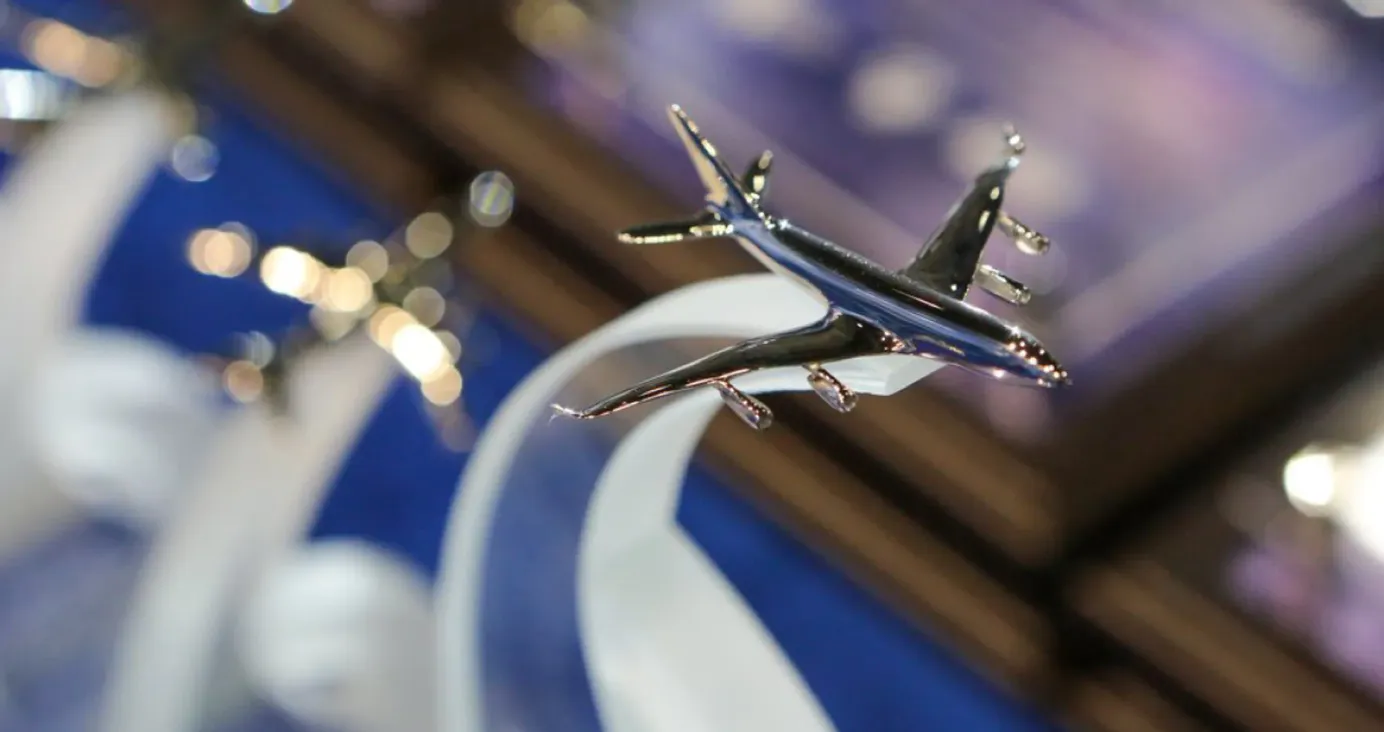
Aircraft delays
- Russia’s aviation industry is among the hardest hit by Western sanctions imposed over Moscow’s invasion of Ukraine. Airlines lost access to leased Airbus and Boeing aircraft and could no longer easily buy parts to service their fleets. A multi-billion-dollar state program to produce home-made planes was meant to solve the problem, with the first slated for delivery later this year. Instead, the mobilization of the economy to support the war has eaten up production capacity and Russia has not been able to source key parts, meaning delivery dates have been pushed back several years already. It’s far from clear whether the promised Russian-made civilian planes will be put into the sky even within the new timeframe.
- Russia’s fleet of Western jets was supposed to be replaced with four aircraft currently under development — the Sukhoi Superjet 100 (SJ-100), the Irkut MC-21, the Tupolev Tu-214, and the Ilyushin Il-114. They were set to start entering service in 2024, but the planned launch dates have now been pushed back to 2025-2026. The industry currently plans to deliver almost 600 of the planes by the end of the decade (142 SJ-100s, 270 МС-21s, 70 Il-114s and 115 Тu-214s)
- The flagship plane in this massive import substitution project is the mid-range MC-21, which was first due to enter mass production back in 2017 (the date was repeatedly delayed, even before Russia invaded Ukraine and was hit with a barrage of sanctions). So far off track is the development that Rostec, the state corporation responsible for high-tech manufacturing, had admitted that it still doesn't even know what the new version of the plane will look like. “The final appearance of this completely import-substituted aircraft will be formed in the second half of this year,” it said.
- That isn’t the only problem with the МС-21. According to sources quoted by several Russian media outlets (1, 2), the specifications of the plane do not meet the original plan either. Its range has been cut from 5,000km to 3,500km, and passenger capacity will be almost halved — 115 rather than 211. The current МС-21 has a maximum altitude of just 7,000 meters — comparable Western aircraft (such as the Airbus A320 and Boeing-737) can reach 12,000 meters.
- Experts do not believe that Russian airlines will suffer greatly from the delays. Since 2022, the size of the Russian fleet is down 10%, but passenger traffic dropped 18%. At the same time, sanctions mean that Russian airlines have lost many of their international routes, and domestic passenger traffic is close to its limit.
Why the world should care
Although the Russian authorities love to hail the success of their import substitution programs, it cannot come close to replacing everything that has been lost through sanctions. The latest round of delays to the country’s flagship airline replacement plans highlights how difficult it is for Russian industry to both adapt to sanctions and ramp up output at a time when production facilities are firmly geared towards serving the military.



